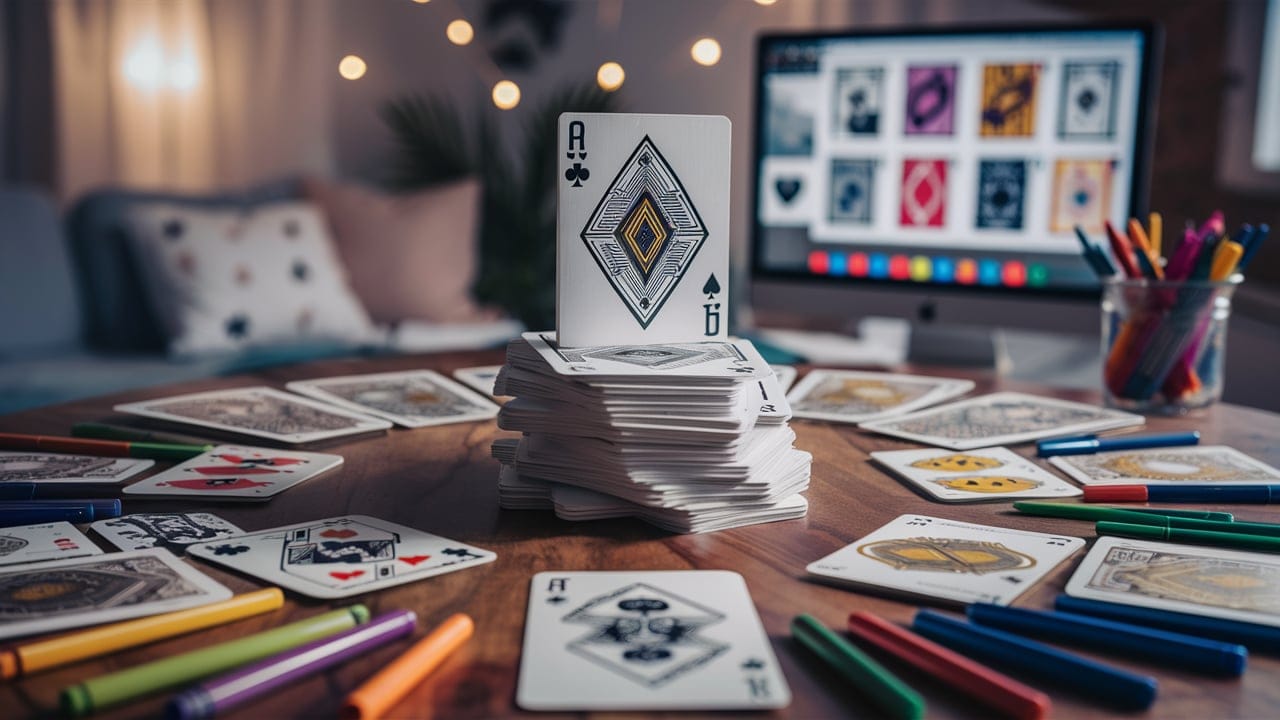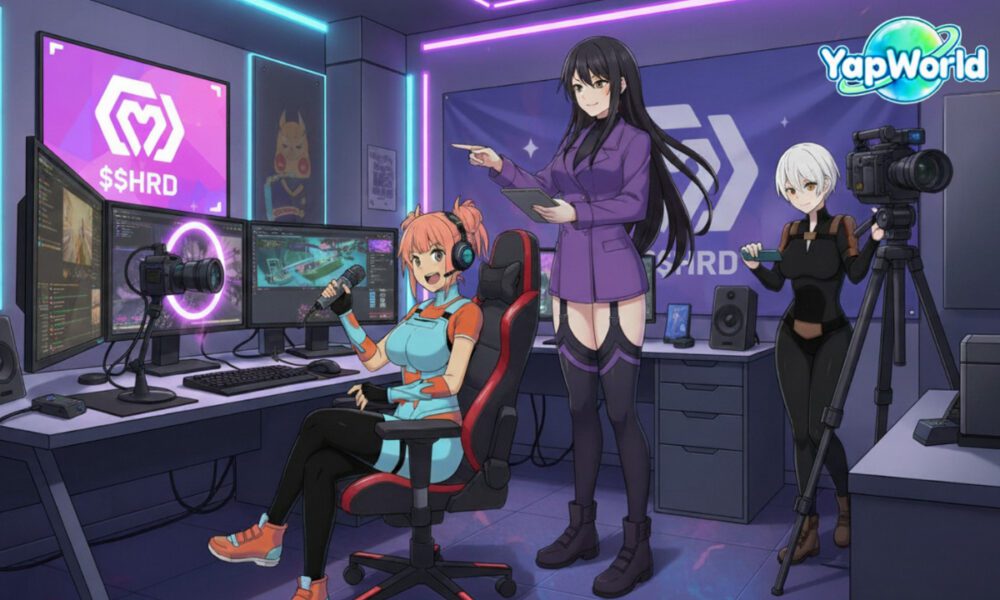Playing cards have been part of human entertainment for centuries, used in everything from casual family nights to high-level magic performances and professional card games. While traditional decks are still widely used, one area that has grown rapidly in recent years is custom playing card. These personalized decks offer a unique blend of creativity, functionality, and identity, making them a favorite among businesses, artists, magicians, and everyday players.
Whether used for branding, gifting, or simply expressing individual style, custom playing cards have become an exciting design medium. This article explores what custom playing cards are, why they’re popular, how they’re made, and how you can design your own.
What Are Custom Playing Card?
Custom playing cards are decks that have been individually designed or modified to suit a particular theme, brand, or purpose. Instead of using the standard artwork found on regular decks, custom cards allow the creator to modify:
- Card backs
- Face cards (King, Queen, Jack)
- Number cards
- Packaging and tuck boxes
- Materials and finishes
These decks can range from simple branded card backs to fully illustrated, artistic sets where every card is its own piece of artwork.
Why Are Custom Playing Cards So Popular?
Custom playing cards have grown in popularity for several reasons:
1. Personalization and Creativity
People love items that reflect their interests, identity, or creativity. A custom deck allows full freedom of artistic expression. Artists often create decks as a form of collectible art, while individuals enjoy designing cards for weddings, birthdays, and special events.
2. Business Branding and Marketing
Companies use custom decks as a unique marketing tool. A branded card deck:
- Stands out more than standard promotional items
- Offers long-term visibility
- Is practical and enjoyable for recipients
Because playing cards get reused repeatedly, the company’s name stays in front of customers for months or years.
3. Magic and Cardistry
Magicians and cardistry performers rely heavily on the look and feel of their cards. Custom decks allow them to:
- Improve visual impact
- Match performance themes
- Enhance card handling
Many cardistry decks feature bold colors, geometric patterns, or eye-catching designs that look amazing in motion.
4. Collectibility
Just like coins or stamps, custom playing card has developed a strong collector community. Many limited-edition decks become highly valuable over time, especially if produced by well-known designers or companies.
Types of Custom Playing Cards
While customization can vary widely, most custom decks fall into a few categories:
1. Fully Custom Decks
Every card is uniquely designed from scratch. These are often art-focused or themed decks featuring:
- Historical figures
- Fantasy worlds
- Minimalist designs
- Pop culture references
- Nature-inspired illustrations
Fully custom decks are often produced in limited runs.
2. Semi-Custom Decks
These decks may have unique card backs or tuck boxes but use standard faces for the numbered cards. They strike a good balance between design flexibility and affordability.
3. Branded Corporate Decks
These focus on promoting a company’s identity, using:
- Logo placement
- Brand colors
- Company imagery
- QR codes or website links
They’re commonly used as corporate gifts or event giveaways.
4. Special Event Decks
These are personalized for occasions such as:
- Weddings
- Anniversaries
- Birthdays
- Reunions
- Graduations
Often, they feature photos, names, or dates that make them memorable keepsakes.
How Custom Playing Card is Made
Creating custom playing cards from Ezra Card involves several important steps:
1. Design Phase
This is where the ideas come to life. Designers use specialized software to create art for:
- Card fronts and backs
- Suits and numbers
- Court cards
- Jokers
- Tuck boxes
Good design considers color harmony, readability, and overall theme consistency.
2. Printing Technology
Professional custom card makers use high-quality offset or digital printers to ensure sharp colors and durable finishes. The printing process includes:
- Color calibration
- Ink application
- Coating for protection
This precision is essential to achieve casino-grade or magician-quality decks.
3. Material and Card Stock
Playing cards are typically made from paperboard with a plastic coating or PVC material. Popular card stocks include:
- 300–330gsm paper (standard quality)
- Premium black core paper stock (better durability and snap)
PVC and plastic cards are waterproof and long-lasting.
4. Finishes and Coatings
The finish affects how a deck feels and handles. Common finishes include:
- Linen finish – textured feel, good for shuffling
- Smooth finish – slick and polished
- UV coating – added durability
- Embossed finish – premium grip
Magicians often prefer decks with a coating that enhances ease of spreading and fanning.
5. Cutting and Packaging
Once printed, cards are precisely cut to size and placed in a custom tuck box. Some premium decks come with:
- Foil stamping
- Embossing
- Spot UV designs
- Magnetic closures
These features enhance the deck’s collectible appeal.
What to Consider When Designing Custom Playing Card
If you’re planning to create your own custom deck, here are important things to keep in mind:
1. Purpose of the Deck
Is the deck for:
- gifting?
- marketing?
- gameplay?
- performance?
- art collection?
The purpose will shape the overall design.
2. Readability
Even the most artistic deck should remain easy to read. Ensure that:
- Numbers and suits are visible
- Colors aren’t confusing
- Layouts are consistent
3. Theme and Style
Choose a theme that connects the whole deck. Examples include:
- Vintage
- Modern minimalist
- Fantasy
- Abstract
- Nature
- Cultural
A strong theme increases the deck’s aesthetic appeal.
4. Budget
Costs depend on:
- Number of custom elements
- Quantity ordered
- Printing materials
- Specialty finishes
Higher-end decks cost more but look and feel significantly better.
Who Uses Custom Playing Cards?
Custom playing cards appeal to many different groups:
- Artists and illustrators, who use them as a creative project
- Businesses, for branding and promotional campaigns
- Magicians and cardists, for performances
- Collectors, who purchase limited-edition runs
- Couples and families, for personalized gifts or event favors
The versatility of custom decks makes them suitable for almost any purpose.
Conclusion
Custom playing cards are more than just tools for playing games—they’re a form of art, a marketing tool, a personal expression, and a collector’s item. Their growing popularity shows that people appreciate creativity and individuality in everyday items. Whether you’re an artist looking to showcase your work, a business wanting a memorable promotional item, or someone planning a unique gift, a custom deck offers endless possibilities.
With modern printing technology and accessible design tools, creating a personalized playing card deck has never been easier. All you need is creativity, a theme, and the right printing partner. The result is a deck of cards that is not just functional but meaningful and beautiful.
Read More From Techbullion

































